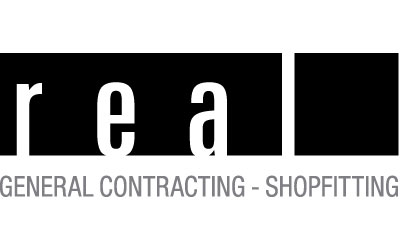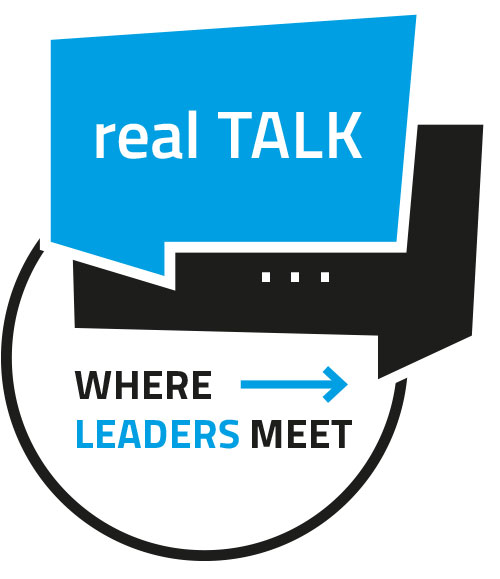We talk to Axel Scholten, smart locking solutions expert at the Assa Abloy Group. Originally founded in Sweden, the company has subsidiaries in over 70 countries. The group is currently considered the world’s largest total solution provider of smart door access solutions.
red. Mr. Scholten, ASSA ABLOY welcomes its customers online with a slogan that feels ambivalent: “Your access for a secure and open world.” ‘Secure’ and ‘open’ are not opposites. But do they belong together?
Scholten. For me, the two attributes are absolutely not opposites. The ASSA ABLOY Group is one of the world’s leading providers of access solutions, helping people feel secure in their own homes and in other situations virtually every day. People who can trust that their privacy and personal possessions are well protected can face the world around them with confidence, and thus experience a more open world overall. As security experts, we see this as our responsibility and important contribution to society.
red. When it comes to locking technology, the layman thinks of gates, doors and windows, and today, of course, smart access control. Is that also the lion’s share of your portfolio? Or is your business based on several pillars?
Scholten. You can’t just say that, because our locking technology has constantly evolved from purely mechanical locking solutions to smart access control. Accordingly, ASSA ABLOY continues to offer a very broad product portfolio of security solutions and locking systems. For a better understanding: Profile cylinders are installed in almost every apartment or house door nowadays. They belong to the most common form of security door locks and have been around since the 1920s. Some 100 years later, the IKON profile cylinder is still successfully in use as a traditional brand of the ASSA ABLOY Group. Thanks to today’s digital possibilities, this can now also be replaced by its electronic successor in the eCLIQ locking system within just a few minutes. The company’s subsidiary ASSA ABLOY Sicherheitstechnik GmbH develops, produces and sells door-related products under the ASSA ABLOY, IKON, effeff, Planet and KESO brands for a wide variety of properties – for example, for offices, schools, residential buildings, hospitals and energy suppliers. The range of products is large: it extends from locking cylinders, door closers, electric strikes and deadbolts to additional window security devices, complex escape route technology and digital access control systems for large buildings.
red. From which industries do your most important customers currently come? Where do you see a lot of new potential?
Scholten. Basically, all customers are important and in fact ASSA ABLOY is represented in very many, different industries with customized total security solutions. For some key industries and application areas, we have established designated business development experts – from public, means administration, educational institutions, museums, cultural institutions and industry to KRITIS, i.e. critical infrastructure and healthcare, to the housing industry. This means that each of these customers has a direct and competent contact person who accompanies and implements the project with a holistic view from the very beginning and through all stages in the process.
red. On the subject of cooperation/joint venture or the integrability of locking technology: Are security doors, for example, directly in your portfolio or do you tend to work with partners? Where is cooperation indispensable?
Scholten. We are not a door manufacturer, if you mean that. But we do offer a large portfolio of security and locking technology around the door. So that means we have always maintained a close and, in some cases, long-standing cooperation with an extensive network of certified partners in the specialized trade, with fabricators, metalworkers, carpenters and also door manufacturers, for example.
red. One of ASSA ABLOY’s technical seminars will focus on security-relevant doors yesterday, today and in the future. What are the latest relevant innovations in the context?
Scholten. The topic is very complex and there are regular innovations in the entire field of building security, sometimes due to the constantly changing standards and legal requirements. In the field of escape route technology, one of the latest innovations was the design-oriented ePED, electrically controlled panic exit device panic push bar. It combines panic bar and escape door control terminal in one functional unit. This means that a separate terminal on the wall is no longer necessary for an escape door system, which minimizes the wiring effort. The escape door system is controlled via the integrated terminal with touch display. A great deal is also happening in the field of barrier-free security technology, for example with multifunctional door locking systems that are also characterized by their ease of access and ease of operation. Modern locking systems that open doors automatically thanks to cam-motion or free-motion technology can make life much easier for building managers and residents alike. Parents with baby carriages, senior citizens and small children also appreciate this.
red. A question about the tension between rescue and escape routes. How can acute emergency situations be reconciled with individual access authorizations?
Scholten. A good example of the compatibility of access control and reliable rescue and escape door technology are locking systems such as MEDIATOR. The MEDIATOR system in particular, as a self-locking escape door lock, is an excellent solution as an entrance door in an apartment building. It can be quickly retrofitted and wiring of the door is not necessary because unlocking is done via an electric linear strike from the frame side. The highlight of the MEDIATOR system: although doors with MEDIATOR are basically locked from the outside, the integrated panic function allows the doors to be opened from the inside at any time without a key in the event of danger and during ‘normal operation’. In addition, however, they can also be opened individually via an intercom or access control system.
red. The documentation of access and accesses plays a central role in business. Where are your interfaces to other providers, keyword ERP systems, time recording or others?
Scholten. Networked and intelligent locking systems offer a great deal of added value in this context, as they can document all locking events digitally and in real time if desired. With our security and access solutions, this also includes offering powerful interfaces for integration with other building systems, such as modern escape route systems based on the ePED technology already mentioned. This allows for a very high degree of flexibility. Another scenario for integration: When meters need to be read in an apartment building, for example, management software automatically programs the locking system to give service providers access to the rooms they need for a limited period of time. It logs access and times and automatically compares them with the times on the invoice, which is later sent by the service provider.
red. Globally and possibly abstractly speaking: What will be the next big thing in access control solutions?
Scholten. The trend is clearly toward very flexible, modular and digital systems in which locking media are used that ‘know’ which doors they are allowed to open and which they are not. The advantages of such systems are enormous: lost keys are no longer a problem, even large key bundles in facility management are a thing of the past because, depending on access authorization, they could theoretically open all doors, lockers, garages, filing cabinets, etc. with an electronic locking medium. In addition, service providers, for example, can only access certain areas of the building if they are authorized to do so. The locking media are managed in an easy-to-use interface that can also be conveniently operated remotely. In addition, ASSA ABLOY has developed SCALA-CLIQ Integration, a new solution for combining an electronic locking system with an access control system in a single user interface. Networking the two systems not only makes management easier. It is also possible to establish different security levels for user groups. For example, employees who need access to sensitive areas are given an electronic key, while those who are only in public areas are given an access card. This can optionally be used for other purposes as well. In the university environment, for example, they are used simultaneously as a semester ID card or as a payment medium in the cafeteria.
red. Mr. Scholten, thank you very much for the interview.




